Data example from dbv:
gender Sektion
1 m 5
2 m 5
3 w 3B
4 w 3B
5 w 3B
6 m 4
I have the following plot:
Sekplot <- ggplot(dbv,aes(x=Sektion,
fill=factor(gender),
stat="bin",
label = paste(round((..count..)/sum(..count..)*100), "%")))
Sekplot <- Sekplot + geom_bar(position="fill")
Sekplot <- Sekplot + scale_y_continuous(labels = percent)
Sekplot <- Sekplot + labs(title = "test")
Sekplot <- Sekplot + scale_fill_discrete(name="test", breaks=c("m", "w", "k.A."), labels=c("m", "w", "k.A."))
Sekplot <- Sekplot + geom_hline(aes(yintercept = ges, linetype = "test"), colour = "black", size = 0.75, show_guide = T)
Sekplot <- last_plot() + coord_flip()
Sekplot <- Sekplot + guides(colour = guide_legend(override.aes = list(linetype = 0 )),
fill = guide_legend(override.aes = list(linetype = 0 )),
shape = guide_legend(override.aes = list(linetype = 0 )),
linetype = guide_legend()) + theme(legend.title=element_blank())
Sekplot
Output: Plot with y-axis in wrong order
How can I reverse the order of the "Sektion" axis? I'd like to have one on top and 8 at the bottom.
I tried, according to groupA$Date <- factor(groupA$Date, levels=rev(unique(groupA$Date))):
Sekplot <- last_plot() + coord_flip() + scale_x_reverse()
in several flavor, but couldn't find the right way.
